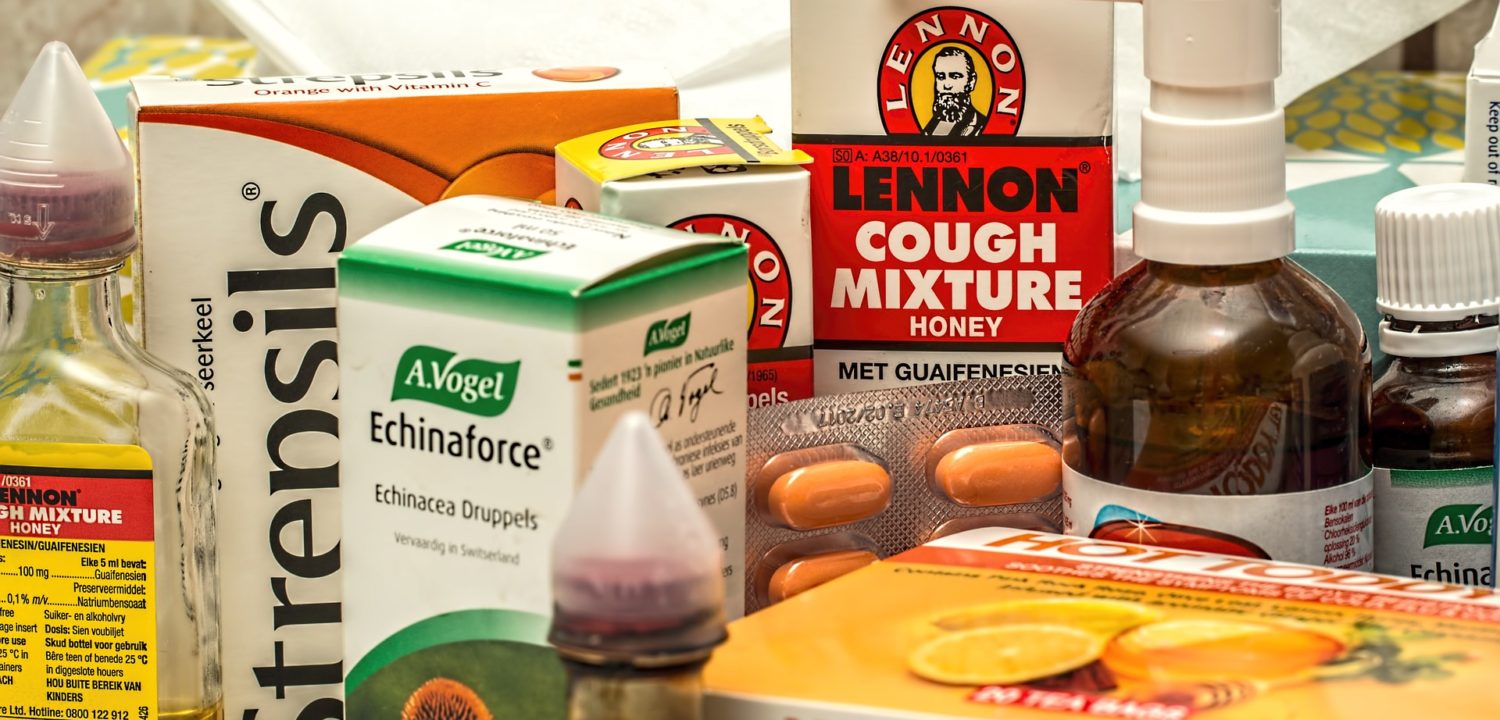
So what should you do when you have a cold and need to board that plane? Is there anything you can do to make your flight less miserable?
Ask Yourself: Should I Even Fly?
If you are able to get your cold under control with over the counter medication, then you may be able to say yes to the question “Should I Even Fly”. However, if you need stronger medication than what you can pick up over the counter at a drugstore to make you feel better—–you should maybe consider not making the trip. Not only will you be miserable, you can also spread your sickness to your fellow travelers who will not be very happy sitting next to you.
Research shows that there is a 3.6 percent increased risk of contracting an illness if you sit within two rows of someone with flu-like symptoms. That’s a bunch of people who can be affected by someone who is onboard and sick. According to the Centers for Disease Control and Prevention (CDC), you should not fly when you have a fever of 100 degrees Fahrenheit or higher, have severe cough and difficulty breathing or have some kind of stomach sickness.
If you can’t postpone your trip and if your symptoms are under control, just remember that flying with a cold can be uncomfortable and can even hurt! When you have allergies or a cold, your mucus membranes are inflamed and swollen clogging the Eustachian tube. This is the tube that connects your inner ear with the back of your throat. When you’re not sick or clogged up, this tube helps equalize the pressure between your inner ear and the outside world. When clogged, the Eustachian tube will not be able to equalize between your inner ear and the dropped pressure in the cabin when the plane takes off. You know what this means—- blocked ears, hearing loss for days and pain. Sometimes bleeding may occur or your ear drum can even rupture. You can feel this discomfort and pain not only when the plane takes off but also when the plane starts to descent.
What should you do before you fly…..
Consider taking longer acting medications an hour before take-off. If you are really stuffed up, a nasal spray like Afrin taken 30 minutes before take-off and 30 minutes before landing can help shrink swollen tissues. Decongestants like Sudafed are great in helping reduce swelling around your Eustachian tubes, giving your ear a better shot at equalizing.
Don’t forget to pack gum to chew or hard candy to suck on in your carry-on. Swallowing often and moving your jaw can change the pressure in your throat helping to open the Eustachian tube. Also remember to drink a lot and keep up your hydration to prevent nasal secretions from drying. Have tissues ready for your runny nose and to use when you cough or sneeze and remember to wash and sanitize your hands frequently.
…And After You Land
You may have clogged up ears or have a hard time hearing days after you land. To help with this, continue taking your decongestants. Take a hot shower when you get to your hotel. The steam can help soothe inflamed and angry mucus membranes.
If you’re up to it and not too sick— move around and do some easy exercise. Taking a walk will make you feel better and help open up stuffy nasal passages.
If you decide you’re too sick to fly, read How to Get a Refund When You Are Too Sick to Fly and recoup your money back!





Leave a Comment